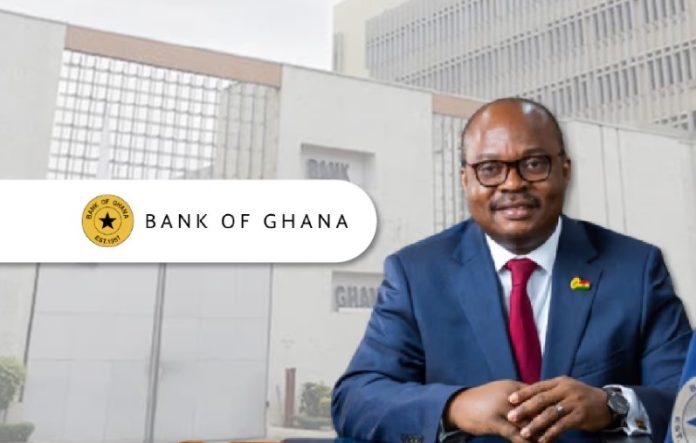
The Bank of Ghana (BoG) has finally issued a draft guidelines on digital assets that sets the tone for it to start regulating cryptocurrency such as Bitcoin, Tether and others, and solicit feedback from the the industry and the public on the way forward.
Until now, the Central Bank had on a number of occasions, issued directives to all regulated financial institutions in the country never to transact and or facilitate any transaction involving cryptocurrency or any unregulated digital assets.
But this new guidelines means the BoG is taking steps towards fully regulating cryptocurrency and other digital assets and therefore regulated financial institutions can now legally transact in same.
Indeed, notwithstanding the BoG’s directive to regulated financial institutions against transacting in digital assets, cryptocurrency trade and use for various purposes have been growing very fast outside of the mainstream banking sector for several years now in Ghana. Sometimes even some regulated institutions find themselves facilitating the trade, while the BoG looked on.
In the seven-page draft guidelines, the BoG noted that, over the last three years, the use of various digital assets by Ghanaians has recorded a significant increase on account of factors such as high mobile money penetration, a tech savvy youth demographic, high internet usage and the rise of online companies offering crypto and virtual asset services,
popularly known as Virtual Asset Service Providers (VASPs).
“While acknowledging the innovative and beneficial applications of digital assets in cross-border payments, charitable donations, crowdfunding, international remittances, as well as the economic opportunities presented by asset tokenization, the Bank remains vigilant in addressing potential drawbacks. These include risks related money laundering and terrorism financing (ML/TF), fraud, cyber-theft, capital flows and consumer protection
concerns,” the draft guidelines stated.
In essence, the seven-page document touches on eight broad points: An Introduction, Definition of Key Terms, The Digital Asset Landscape, Policy Thinking, Regulatory Objectives, Scope of Proposed Regulation, Proposed Regulatory Approach, and the Consultative Process.
In terms of the Policy Thinking, BoG said to the extent that digital assets cuts across across payments, banking, cross-transaction between it and fiat money, as well as rising demand for foreign currency to engage in crypto asset transactions, it calls for an enhancement of the Bank’s monitoring and regulatory scope on these activities to safeguard the integrity of the financial sector.
Per the Scope, it said “In line with its regulatory mandate, the BoG’s regulatory framework may target exchanges and other platforms offering buying, selling, trading, and custody services of virtual assets. The framework will specify which asset types are covered and address interactions between regulated financial institutions and VASPs. The Bank will collaborate with other regulatory agencies, such as the SEC (Securities and Exchanges Commission), to develop and implement complementary frameworks aligned with each institution’s regulatory mandate. This approach will ensure a comprehensive regulatory framework to effectively address the diverse use cases of virtual assets.
The Objectives are seven fold:
1. Ensure integrity and stability of the financial sector;
2. Protect consumers and Investors;
3. Guard against Financial Crime (AML/CFT);
4. Foster innovation and market integrity;
5. Promote domestic coordination in managing risks posed by crypto asset
service providers;
6. Promote international cooperation in combating financial crime; and
7. Address cyber security risks.
Find the full Draft-Guidelines-on-Digital-Assets here for more details.









